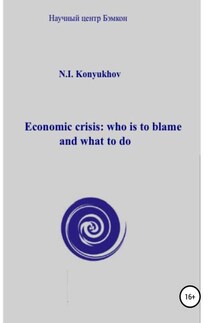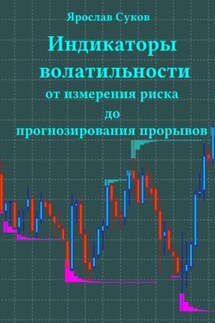Psychoeconomics: globalization, markets, crisis - страница 34
The new tested ones with the time difference of 10 or more years since 1932 in the United States (these are the years when resonants came to power), showed higher scores on the old tests. According to Flynn, from 1934 to 1978 the IQ of the average person in the United States increased by 15 points, in other words it grew by 3 points per decade. We should not that in respect to the United States it was the time of the activity of the resonants and postresonants.
There are lots of facts on this matter. And they do not allow us to doubt in accuracy of the conclusions of Flynn, but at the same time they show the historical boundaries of this effect in developed countries.
So, in 2004 the Norwegian scientists (Jon Martin Sundet, et cetera.) from the University of Oslo published in the journal «Intelligence» the article about the evolution of the test results of the conscripts in the period from 1950 to 2002 in collaboration with colleagues from the psychological service of the Norwegian armed forces. According to them during the first two decades Flynn effect took place as even more pronounced than that recorded by Flynn himself. But according to these scientists it was found that the rate of increase in IQ 70-80 years began to slow down noticeably, and by the mid-90's the growth of IQ stopped at all. As for some individual figures, namely, the test results of arithmetic skills began slowly but steadily decline since that time.
The works of Tisdale and Owen conducted in 2005 and again in 2008 the showed that the results of IQ tests of the Danish conscripts grew from 1959 to 1979 by 3 points per decade, and from 1979 to 1989 they grew by only 2 points, from 1989 to 1998 by 1,5 points, but for the period from 1998 to 2004 they decreased by the same 1.5 points. http://ru.wikipedia.org/wiki/Эффект_Филинна
These are the fairly reliable results, as in Denmark there is the general military obligation. It means that the intelligence testing should be conducted almost among the entire male population of the country at the age of 18 years.
The given results are not the artifact. With the growth of the emotionality of people and emergence of the growing number of postpostresonants the intelligence changes with the main psycho-types of population. Resonants develop society, put long-range targets and innovate. There are more domain experts in this period. Most of the society also develops intelligence to solve logic problems at this moment.
Postresonants have more developed meta-program "general", they tend to repeat the things they have already done. Their development freezes repeating one and the same thing. Correspondingly, the development of the capacity to find the solution of problems provided in the tests of intellect (Eysenk test) is not so fast. The results of IQ test become stable.
In the emotional society the ability to solve the most types of mental tasks falls. If among those persons who are inclined more to communication than to the domain work in fact the domain intelligence develops less than that of domain experts-resonants, the capacity for creativity is preserved. This is due to the fact that the ability to communicate requires no less and sometimes even more creativity than the ability to the objective thinking. But here the hysteroid state of population leads to a decrease in signs of creativity. For example, since 1966, when the Torrance test for creative thinking was created, the results of testing the Americans who performed that test constantly grew, as well as of other intellectual tests that led to the revelation of the Flynn effect. Since the beginning of 90es the results of the Torrance test steadily decrease. For the researches of the specialists of William & Mary College about 300 000 people were chosen.









